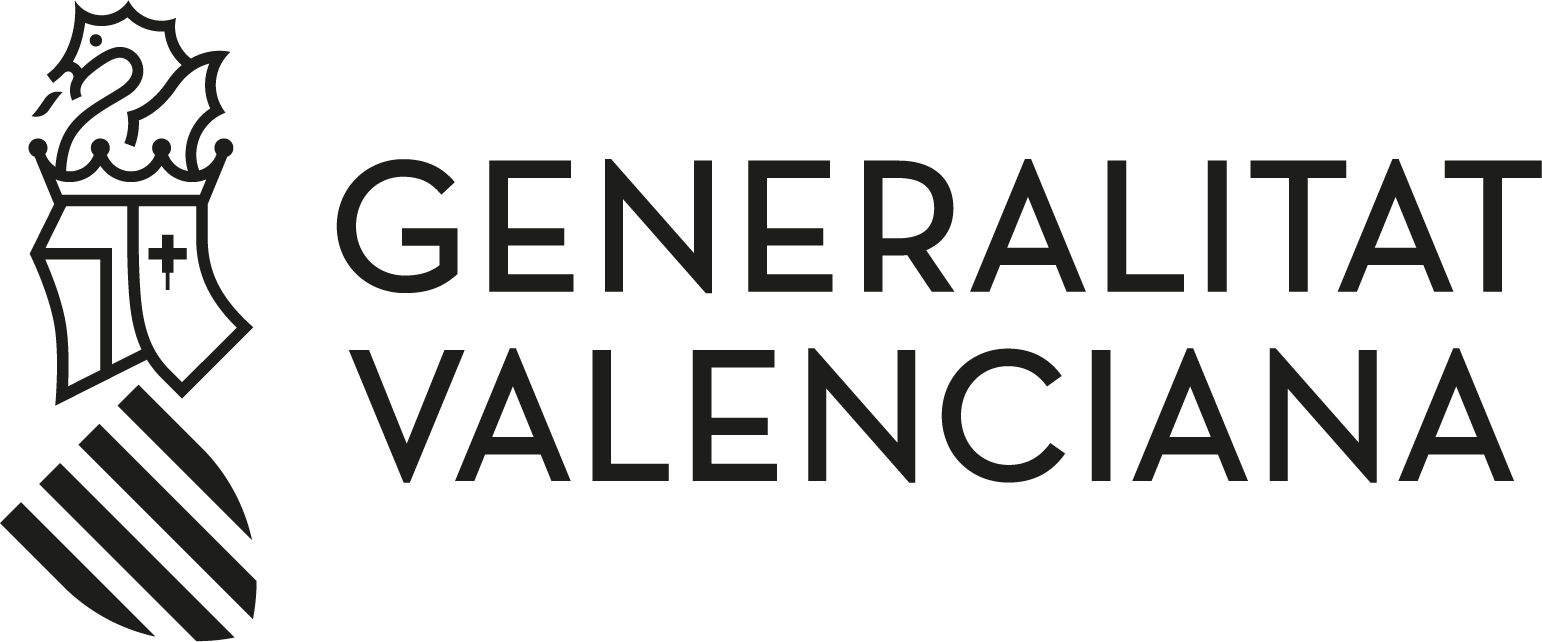History of the San Juan Bonfires
Since time immemorial, the peoples of the Mediterranean coast have celebrated the arrival of the summer solstice around purifying bonfires. In Alicante, this rite of fire lasted throughout the centuries as an agrarian festival.
Later on, in the 19th century, this tradition spread to the city, and the earliest reference to these first Bonfires goes back to 1822, through a notice published by the Mayor, who ordered: "...that no Bonfires should be lit in the streets, nor that shots or rockets should be fired on the night of San Juan and later nights, under a fine of 20 to 100 reales."
In 1881, this prohibition was not renewed and, according to a diary from the period, "...after the festivities began with the celebrations of San Juan, the peaceful locals were allowed to have fun with their bonfires and firecrackers." Taking advantage of the lack of a prohibition, the locals joined up by streets, instituting the festes de carrer (street festivities), with popular games, music and the appearance of the ancestors of modern ninots.The neighbourhood bonfires remained present in spite of constant prohibitions.
In 1928, an association called Alicante Atracción was created. The goal of this association was to promote tourism to the city and, to this end, it was authorised by the town hall to officially organise the first San Juan Bonfires. In a few years there were over 30 bonfires, and, in 1932, the greatest representation of the festivities, the Bellesa del Foc, was instituted.










